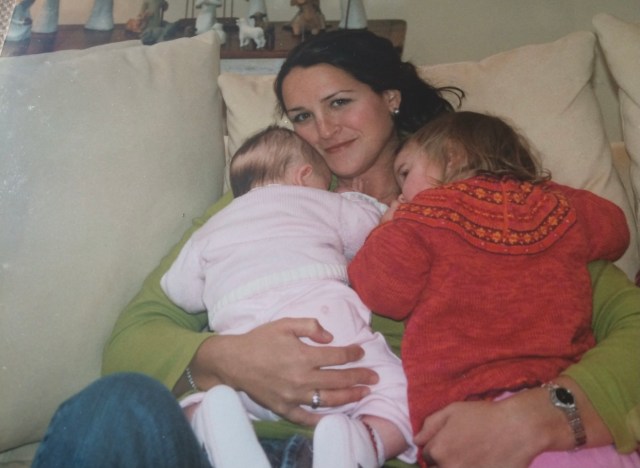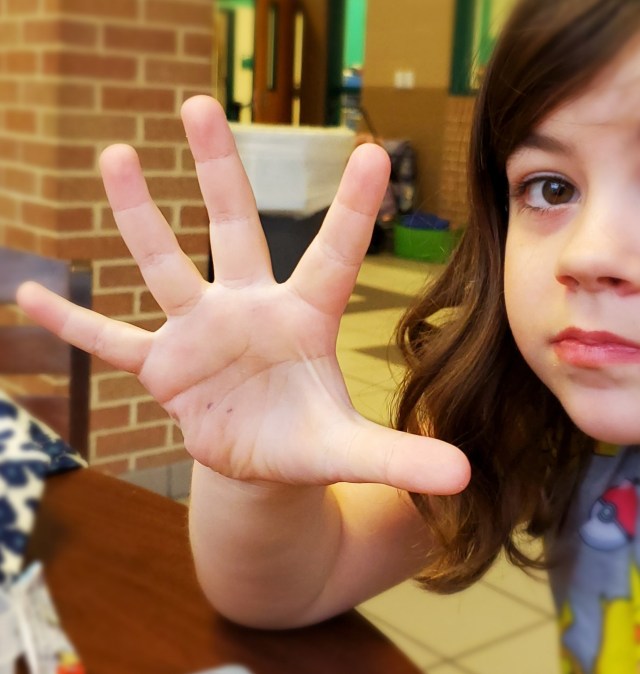Photo: Fit Learning
As the new school year rapidly approaches, we scour the internet for the latest Back-to-School Tips hoping to ensure our children not only survive this next year but actually thrive. There are many tips floating around cyberspace, but as a learning scientist, here are a few that I have to offer. And yes! There is an entire field devoted to the scientific understanding of human learning! It does actually exist! Although not well known and certainly not recognized by the educational establishment, we are out there and have a lot to offer in terms of designing learning environments to promote long-term academic and personal success with every kind of student.
1. Grades do not necessarily reflect mastery of skills and content. As parents, we dream of our children being straight “A” students. However, an “A” is actually not a reliable measure of learning. Grades and other measures traditionally used in education do not stem from the science of learning. As such, these do not reflect empirically validated measures that actually predict important characteristics of mastery such as neurological permanence (i.e., memory), increased attention span, and the ability to use previously mastered skills for the effortless and successful learning of more complex things.
For the next school year, rather than exclusively focusing on your child’s grades, try focusing on the manner in which your child studies. Our science indicates that repeated rehearsal (or practice!) of small amounts of information over time produces permanent learning….not grades. Help your child create flashcards and study small bits of material each night rather than cramming the night before a test. Not only will your child be more likely to get that “A”, but they will also permanently learn the material.
2. Science has discovered that time is a critical variable in how learning should be measured. Accuracy alone is not enough to produce permanent learning outcomes. Our science has discovered that fluency—a measure that combines accuracy and speed—is the most reliable measure of learning and predicts permanent learning outcomes. In other words, it is when skills are fluent that they are remembered, resistant to distractions and fatigue, and usable for learning new things.
For the next school year, invest in a timer. As your child is rehearsing small bits of material each night, they should time themselves or be timed by someone else during that practice where the number of correct and incorrect answers per minute can be measured. Using a timer not only establishes a clear beginning and end to each practice opportunity, but it also allows you and your child to set “Personal Best Goals” each time practice occurs.
For example, if your child was able to correctly recall 7 definitions per minute during the previous practice timing, they should try to achieve a “Personal Best” (or PB) by beating that score and achieving 8 or more correct definitions per minute during the next practice timing. This way, practice becomes something that is measurable, goals can be established and achieved, and above all else, practice becomes fun! Setting up goal-oriented, fast-paced practice sessions increases focus, trains perseverance, and ensures that your child permanently learns the material while also having a bit of fun in the process.
3. Timers are also invaluable for homework time, which can be a very stressful, unpleasant part of the day. More often than not, it reflects “a gray” period of the day, where your child works a little, stares into space a little, daydreams a little, and periodically checks their phone a little. Parents often find themselves continuously nagging their children to get the homework done. Homework then takes a long time to complete.
For the next school year, separate the “gray” into “black” and “white” by using a homework timer. Set the timer for 15-to-20 minutes and tell your child that until the timer goes off, it is 100% homework time where they must continuously work. At the end of the time period, they should be encouraged to take a short break to check their phone, stretch, get a drink or snack, and stretch their legs. If you catch your child staring into space or checking their phone during the time period, restart the timer. Being strong and structured with homework time will help your child learn effective, efficient, independent study habits and will remove the need for incessant nagging.
The tips I have offered above can be profoundly effective. But know that no number of tips or suggestions can make a difference if your child simply hasn’t mastered the skills required to do their assignments. Students move to the next grade level based on age, not on the mastery of skills. Unfortunately, many students are pushed through a curriculum before they should be, and the result can be tragic. If your child is struggling to complete assignments, or if your teacher suggests that your child be evaluated for a learning disability, check their component skills first.
More often than not, learning issues are the result of a lack of basic skill mastery. If your child is struggling with reading, use the timer to see how many words your child can read per minute. If your child is reading less than 80 words per minute at the end of 1st grade, they need some fluency building in reading. If your child is struggling with math, use the timer and see how many math facts they can complete in a minute. If your child performs less than 40 math facts per minute, they need fluency building in basic math skills.
Before going down the road of evaluations and senseless labels, find a way of getting your child repeated, reinforced practice of basic skills so they can achieve fluency– automatic, effortless performance that ensures long-term memory, increased attention span, and the ability to learn more complex things. It is this kind of mastery that produces long-term academic and personal success.
Kimberly Berens, Ph.D. is the Founder of Fit Learning and Regional Director of Fit Learning Tri-State. For 20 years, Dr. Berens and her team have been developing and refining a powerful system of instruction based on the learning, behavioral and cognitive sciences. This system consistently produces over one year’s growth in 40 hours of instruction.







































